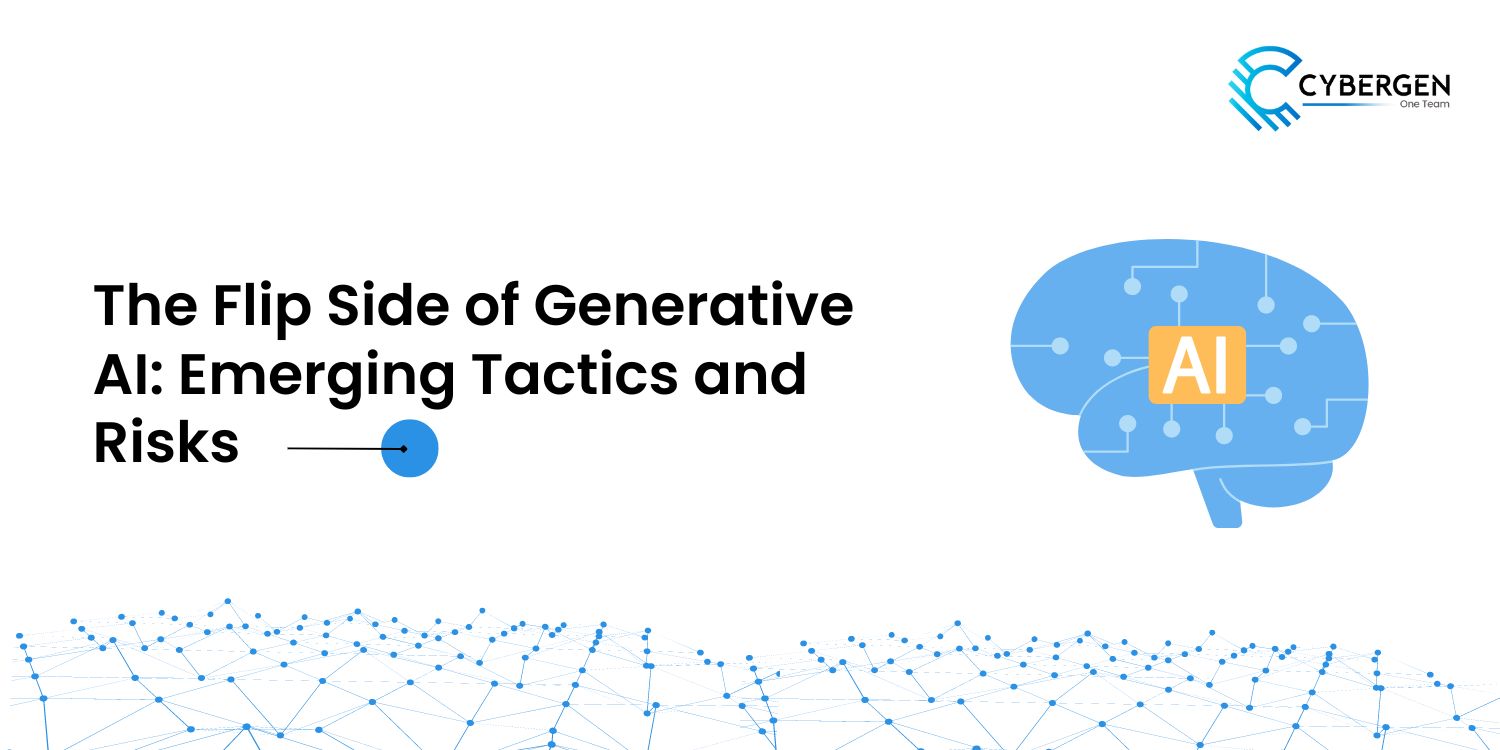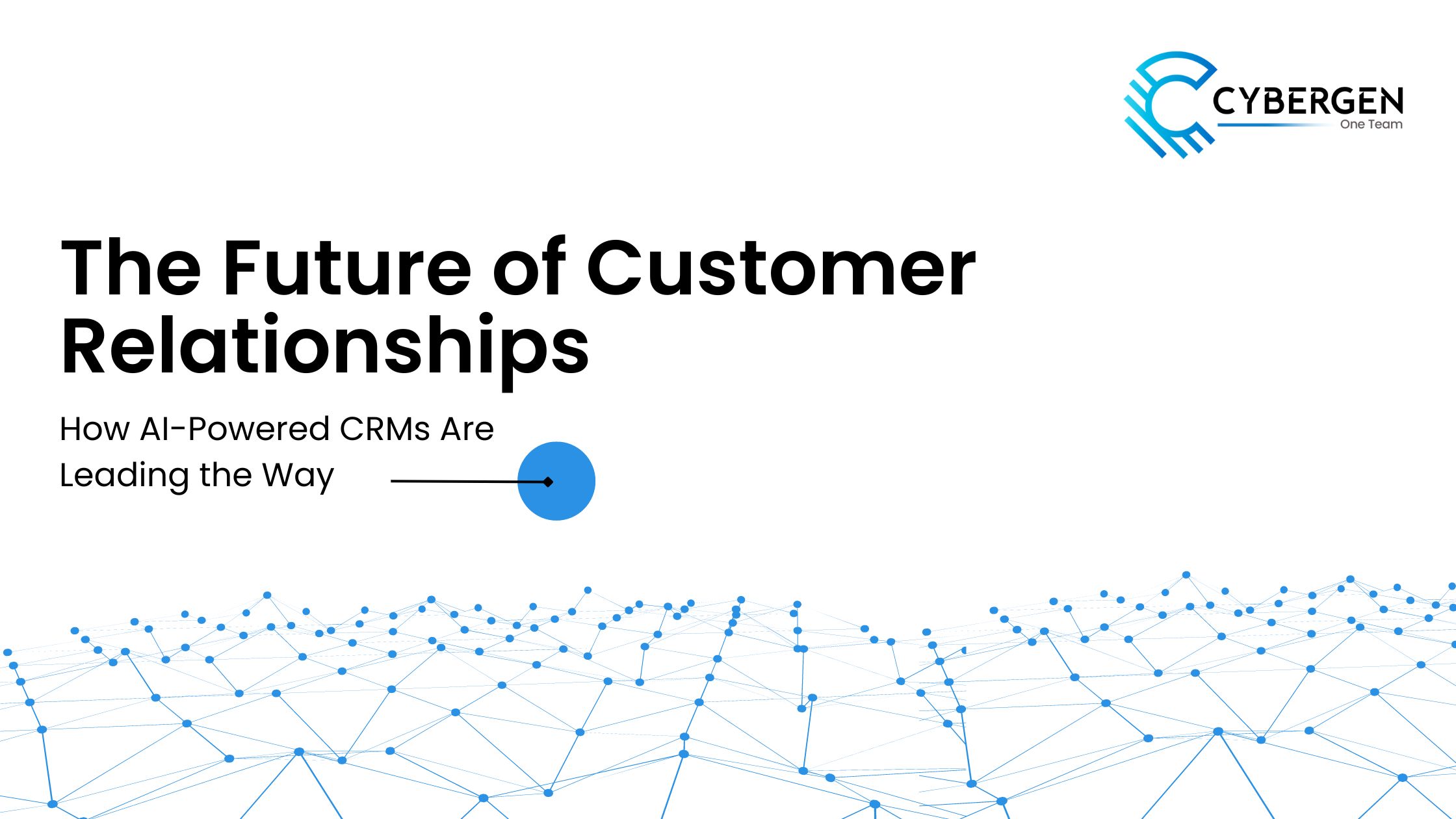Generative AI (GenAI) is shaking things up across industries, making it easy to create everything from text and images to videos and code with minimal effort. It’s perfect for handling tasks like summarising articles, drafting emails, or generating quick code. While this saves a ton of time, it also brings some risks like fraud or data breaches if not properly handled. By 2025, half of all digital work is expected to be automated using language models. Many companies are turning to GenAI, but relying on third-party solutions can lead to issues like mistakes or losing control of sensitive info.
Key Categories of Generative AI Misuse
Generative AI tools are incredibly powerful, enabling the creation of realistic, bespoke content that enhances creativity and productivity across industries. However, this same capability can be misused by malicious actors to create harmful content. By analysing media reports, two primary categories of generative AI misuse have emerged:
- Exploitation of AI capabilities
- Compromise of AI systems
Exploitation of AI Capabilities
Malicious actors can misuse generative AI to create harmful content with little expertise. While nine out of ten top businesses invest in AI, fewer than 15% actively use AI in their work. For example, AI can generate deepfakes or impersonate public figures. Forbes reported a UK energy firm losing nearly £200,000 when deepfake audio was used to impersonate the CEO, authorizing fraudulent payments. Easy access to consumer AI tools enables even non-technical users to conduct sophisticated scams.
Compromise of AI Systems
This includes techniques like ‘jailbreaking’ AI models to bypass safeguards or feeding them adversarial inputs to make AI behave unexpectedly. Such misuse can violate laws like GDPR, which protect data privacy. To prevent this, large language models are equipped with guardrails to ensure ethical and legal AI use. Companies are also implementing GDPR-compliant frameworks and rego policies to enforce access control and protect against AI misuse.
Responsible AI Governance to Manage Risks and Ensure Ethical Use
Cybercriminals are using generative AI to create more realistic phishing scams, making it easier to deceive users and access sensitive information. AI-generated phishing emails can closely mimic human behavior and tone, significantly increasing the success of these attacks.
According to Accenture, over 80% of organizations plan to allocate at least 10% of their total AI budgets towards meeting regulatory requirements. Despite only a small percentage having fully implemented responsible AI, more companies are gearing up to adopt these practices in the near future. As AI continues to evolve, the focus on responsible adoption and compliance will remain a priority for businesses worldwide.
Implementing Responsible AI Governance
The business adoption of generative AI is still in its early stages, but establishing responsible AI governance is crucial for mitigating risks and ensuring ethical usage. According to Statista, North America leads with 79% of organizations reporting high levels of responsible AI adoption, followed closely by Europe at 77%. Asia and Latin America display slightly lower adoption rates at 67% and 56% respectively, thus underscoring the global commitment to responsible AI.
To do so, companies should evaluate key questions across different organizational functions:
-
How should companies assess and mitigate risks associated with AI, such as data security, bias, and compliance with regulations like GDPR and CCPA?
-
How can businesses ensure that data or intellectual property (IP) used in AI prompts complies with existing legal standards?
-
What strategy should companies adopt to respond to potential external misuse of AI-generated content that could harm their brand reputation?
-
How does the organization intend to use generative AI, and which risks should be anticipated?
-
Given the evolving regulatory landscape, what frameworks are relevant for the company or industry regarding AI usage?
Building AI Governance Constructs
From these questions, organisations can create AI governance structures to guide strategic decisions around the use of AI. This may involve setting up AI ethics committees or governance boards to ensure that generative AI is used responsibly. Companies should also focus on improving AI literacy across all departments to build confidence in using generative AI for advanced analytics.
Here are five key AI governance frameworks that set the foundation for responsible and ethical AI development worldwide:
-
The IEEE Global Initiative on Ethics of Autonomous and Intelligent Systems: Focuses on embedding ethical considerations into the design and deployment of AI systems to ensure responsible and fair outcomes.
-
The Montreal Declaration of Responsible AI: Emphasizes the importance of developing AI systems that prioritize the well-being of individuals and society, advocating for ethical AI usage.
-
NIST Artificial Intelligence Risk Management Framework: Provides guidelines for managing risks associated with AI, ensuring transparency, fairness, and accountability in AI implementations.
-
The European Union’s Ethics Guidelines for Trustworthy AI: Outlines the requirements for AI systems to be lawful, ethical, and robust, promoting trust and safety in AI technologies.
-
The AIGA AI Governance Framework: Offers a comprehensive approach to AI governance, focusing on responsible AI development, deployment, and management, ensuring accountability and fairness.
These frameworks help organizations develop and deploy AI responsibly, benefiting society while maintaining ethical standards. Automated workflows and validation systems can ensure compliance with AI standards during development. Aligning AI governance with regulations like GDPR and the upcoming EU AI Regulation is essential to avoid penalties and ensure legal compliance.
Top 5 Large Language Model (LLM) Companies to Look Out In 2024
Large Language Models (LLMs) have transformed the way businesses function in the digital era. These advanced AI models are trained on vast datasets, enabling them to generate high-quality text, translate languages, and automate various business processes. LLM companies play a key role in making these models accessible, helping organisations enhance efficiency and improve user experiences. Here’s a look at five companies shaping the future of AI in 2024:
New Risks from Generative AI
As generative AI tools rapidly become more integrated into various business operations, they bring about numerous benefits, such as automating tasks and improving efficiency. However, the use of these tools also introduces new cybersecurity risks that businesses must be aware of. In this section, we’ll explore key cybersecurity risks associated with using generative AI.
Cybersecurity Risks
-
The rapid development of GenAI tools can bypass standard security controls, potentially leading to flaws and vulnerabilities that attackers can exploit.
-
GenAI may unintentionally collect more personal information than users realize, increasing the risk of data breaches and exposing sensitive data to cybercriminals.
-
Adding new AI tools to a network introduces vulnerabilities. Complex GenAI algorithms can be hard to secure, which gives hackers room to take advantage of overlooked vulnerabilities.
-
Users often input detailed prompts to get better results from AI chatbots, unknowingly exposing confidential information.
How CyberGen can help?
At CyberGen, we understand the delicate balance between harnessing the power of generative AI and maintaining strong cybersecurity. That’s why CyberGen’s Responsible AI Framework focuses on both safety and ethical use. It incorporates key strategies such as data ethics, risk management, and robust privacy controls to ensure AI systems operate responsibly. The approach integrates governance, compliance, and advanced cybersecurity measures, making it easier for businesses to adopt AI confidently. We recognize that responsible AI requires careful attention to business, regulatory, and technical aspects, and we are committed to helping organizations implement these practices seamlessly to drive innovation while staying secure.
Conclusion
The rise of generative AI offers vast opportunities, but it also presents unprecedented risks that must be addressed proactively. From exploitation to adversarial attacks, the evolving nature of AI misuse requires organisations to build strong governance frameworks to ensure responsible and ethical use.
The future of AI lies not only in innovation but in the ability to manage risks and develop governance systems that adapt to new challenges. By balancing innovation with responsibility, organisations can use the power of generative AI while minimising its darker potential.
Relevant Blogs
Hey, I can help you with:
What AI solutions does CyberGen offer to enhance business operations? How can CyberGen's managed IT services improve my company's efficiency? What training programs are available through CyberGen Academy?



 1.png)
